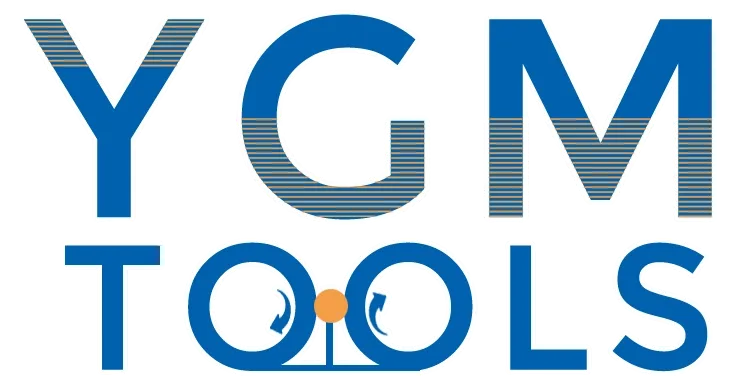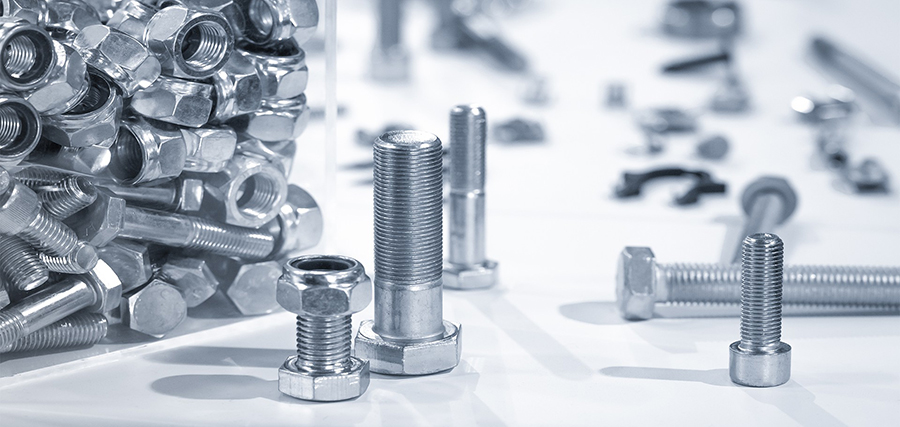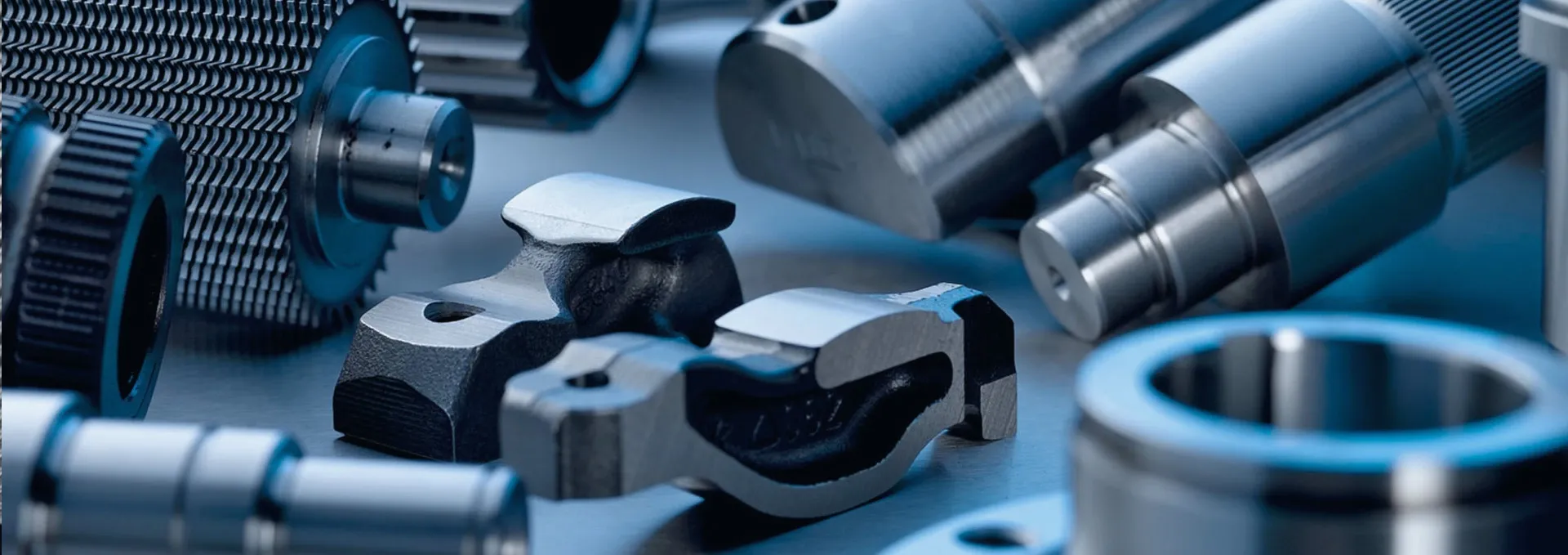
-
 Afrikaans
Afrikaans -
 Albanian
Albanian -
 Amharic
Amharic -
 Arabic
Arabic -
 Armenian
Armenian -
 Azerbaijani
Azerbaijani -
 Basque
Basque -
 Belarusian
Belarusian -
 Bengali
Bengali -
 Bosnian
Bosnian -
 Bulgarian
Bulgarian -
 Catalan
Catalan -
 Cebuano
Cebuano -
 Corsican
Corsican -
 Croatian
Croatian -
 Czech
Czech -
 Danish
Danish -
 Dutch
Dutch -
 English
English -
 Esperanto
Esperanto -
 Estonian
Estonian -
 Finnish
Finnish -
 French
French -
 Frisian
Frisian -
 Galician
Galician -
 Georgian
Georgian -
 German
German -
 Greek
Greek -
 Gujarati
Gujarati -
 Haitian Creole
Haitian Creole -
 hausa
hausa -
 hawaiian
hawaiian -
 Hebrew
Hebrew -
 Hindi
Hindi -
 Miao
Miao -
 Hungarian
Hungarian -
 Icelandic
Icelandic -
 igbo
igbo -
 Indonesian
Indonesian -
 irish
irish -
 Italian
Italian -
 Japanese
Japanese -
 Javanese
Javanese -
 Kannada
Kannada -
 kazakh
kazakh -
 Khmer
Khmer -
 Rwandese
Rwandese -
 Korean
Korean -
 Kurdish
Kurdish -
 Kyrgyz
Kyrgyz -
 Lao
Lao -
 Latin
Latin -
 Latvian
Latvian -
 Lithuanian
Lithuanian -
 Luxembourgish
Luxembourgish -
 Macedonian
Macedonian -
 Malgashi
Malgashi -
 Malay
Malay -
 Malayalam
Malayalam -
 Maltese
Maltese -
 Maori
Maori -
 Marathi
Marathi -
 Mongolian
Mongolian -
 Myanmar
Myanmar -
 Nepali
Nepali -
 Norwegian
Norwegian -
 Norwegian
Norwegian -
 Occitan
Occitan -
 Pashto
Pashto -
 Persian
Persian -
 Polish
Polish -
 Portuguese
Portuguese -
 Punjabi
Punjabi -
 Romanian
Romanian -
 Russian
Russian -
 Samoan
Samoan -
 Scottish Gaelic
Scottish Gaelic -
 Serbian
Serbian -
 Sesotho
Sesotho -
 Shona
Shona -
 Sindhi
Sindhi -
 Sinhala
Sinhala -
 Slovak
Slovak -
 Slovenian
Slovenian -
 Somali
Somali -
 Spanish
Spanish -
 Sundanese
Sundanese -
 Swahili
Swahili -
 Swedish
Swedish -
 Tagalog
Tagalog -
 Tajik
Tajik -
 Tamil
Tamil -
 Tatar
Tatar -
 Telugu
Telugu -
 Thai
Thai -
 Turkish
Turkish -
 Turkmen
Turkmen -
 Ukrainian
Ukrainian -
 Urdu
Urdu -
 Uighur
Uighur -
 Uzbek
Uzbek -
 Vietnamese
Vietnamese -
 Welsh
Welsh -
 Bantu
Bantu -
 Yiddish
Yiddish -
 Yoruba
Yoruba -
 Zulu
Zulu
odm types of thread rolling
Types of Thread Rolling An Overview of ODM
Thread rolling is a highly efficient cold-forming process used to create strong, precise threads on cylindrical parts. This technique not only enhances the strength of the threads compared to conventional cutting methods but also improves material utilization by minimizing waste. The objective of this article is to explore the various thread rolling types and their significance in the context of Original Design Manufacturers (ODMs).
1. Flat Rolling
Flat rolling is one of the most common types of thread rolling, which involves two flat dies that shape the material into a desired thread profile. This method is particularly effective for creating external threads and is often used in the production of screws, bolts, and other fasteners. The advantages of flat rolling include high production rates and reduced operational costs, making it ideal for mass manufacturing.
Cylindrical rolling utilizes a cylindrical die setup which imparts threads onto a round workpiece. This method is often preferred for larger components and is capable of creating both internal and external threads. Cylindrical rolling provides high precision and a smooth finish, which is crucial for components that need to fit together tightly and operate smoothly.
3. Thread Roll Forming
odm types of thread rolling

Thread roll forming combines both rolling and forming techniques to achieve thread creation. In this process, the material is pressed between two rotating dies that shape the thread profile while simultaneously forming the overall geometry of the part. This technique is advantageous for producing complex configurations while maintaining dimensional accuracy. It is widely used in industries that demand specific thread profiles, such as automotive and aerospace.
4. Multi-Start Thread Rolling
Multi-start thread rolling is a specialized process designed for producing threads with multiple start points. This type of thread rolling is commonly used for applications requiring quick assembly and disassembly, such as in machinery where speed is crucial. The ability to produce multi-start threads enhances productivity and reduces the number of rotations needed during assembly, making it an attractive option in modern manufacturing.
5. Benefits of Thread Rolling
The advantages of using thread rolling processes extend beyond just strength and precision. Since the process is generally faster and generates less scrap material, manufacturers can achieve a more sustainable production environment. Furthermore, thread-rolled components often show improved fatigue resistance and enhanced mechanical properties, making them suitable for demanding applications.
In conclusion, the various types of thread rolling, including flat rolling, cylindrical rolling, thread roll forming, and multi-start thread rolling, play a significant role in ODM manufacturing. By selecting the appropriate thread rolling type, companies can achieve high levels of efficiency, precision, and durability in their threaded components, catering to the diverse needs of modern industries. As technology advances, these processes will continue to evolve, offering even greater possibilities for innovation in manufacturing.
